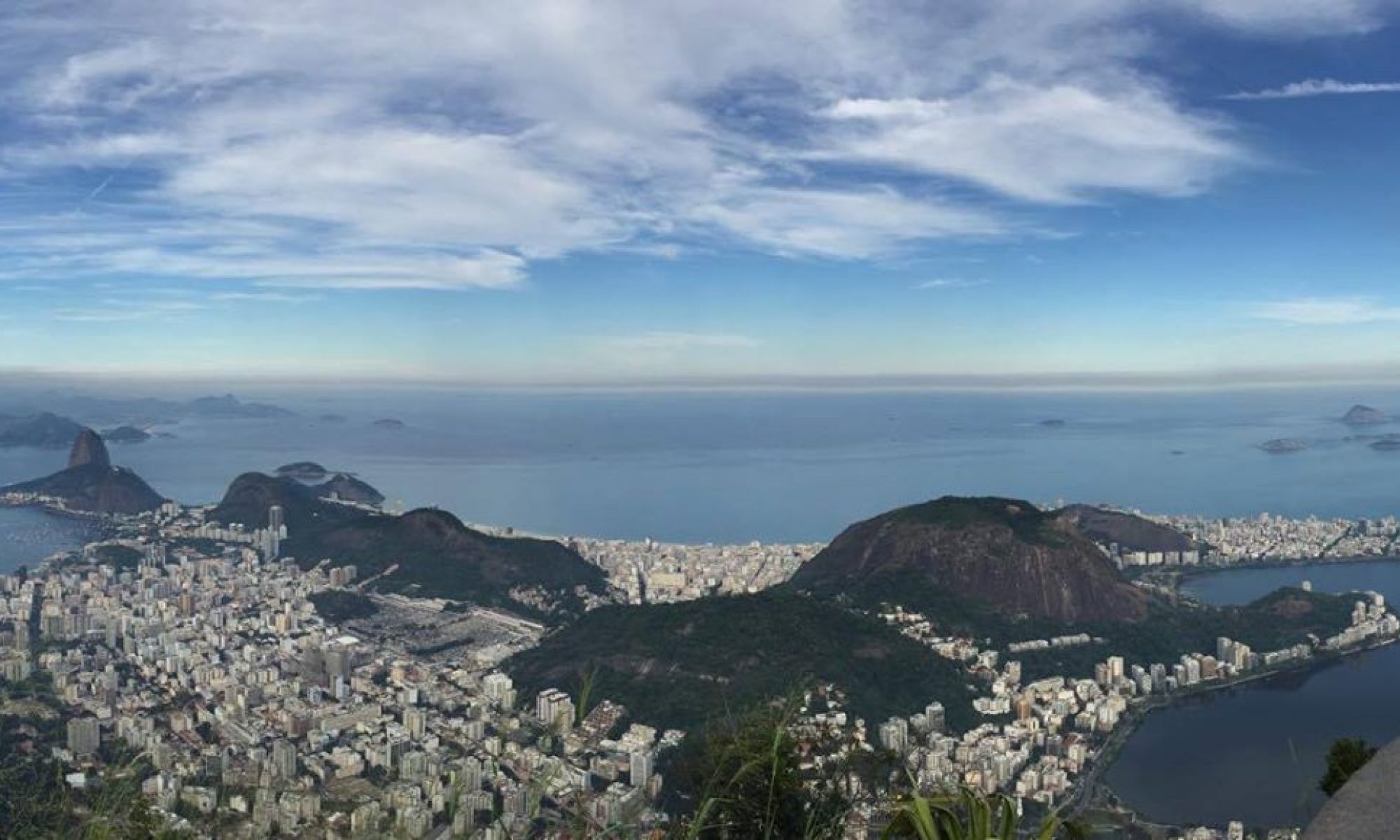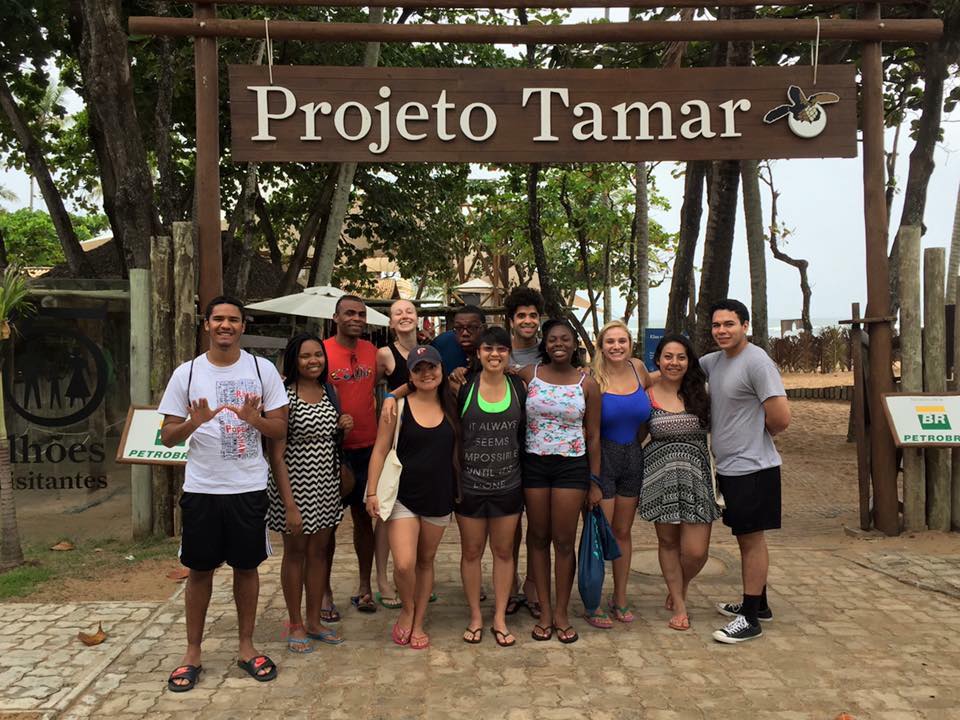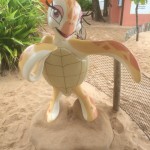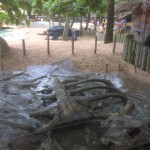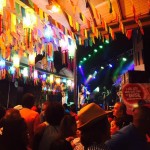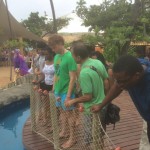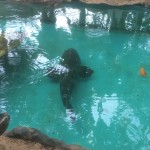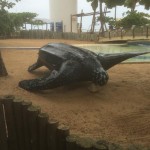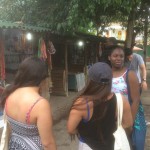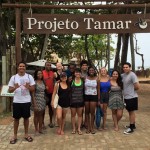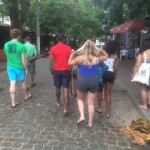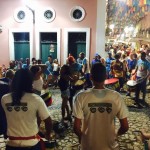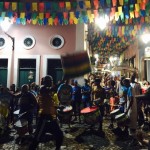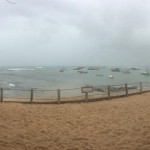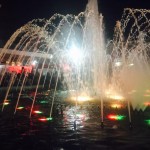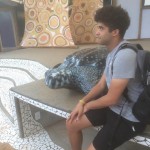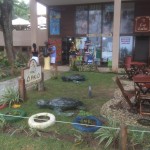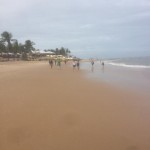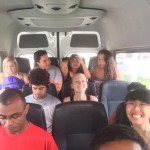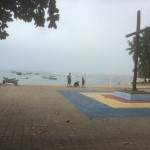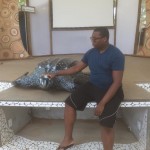June 23, 2015
By: Janel Pineda
On a trip where the most important phrase we’ve had to learn has been the Portugese word for thank you, “obrigado/a,” today was yet another beautiful day indulging in Brazilian beaches and learning about an important social project dedicated to protecting sea turtles.
This morning, we boarded the familiar tour bus and made our way to Praia do Forte where we were able to learn more about the Tamar Project, one of the most successful social projects in Brazil. According to the Tamar Project’s website, the organization aims “to promote the recovery of the five endangered sea turtle species that occur in Brazil by developing conservation actions, research advancements, and through social inclusion programs.” Though the area used to be a poor fishing village, it now serves as a crucial location for marine conservation.
At the Praia do Forte site, we watched an informational film which further discussed some of the goals of the Tamar Project, in addition to describing the dangers of turtle nesting beaches. The Tamar Project began in the 1970s, as the extinction of five endangered sea turtle species was becoming prominent. For every thousand sea turtles that were being born, only 1-2 were surviving. Many people had been using turtle meat and eggs for food, and making jewelry from the turtle shells. However, in 1980, the Brazilian government then decided to create the Tamar Project as a way to reverse the damage that had been done to these species. The very people who had been contributing to the sea turtle species’ extinction now had the opportunity to take part in their conservation by helping to monitor the beaches. While the project has saved an estimated 20 million turtles since its beginning, it has also served to engage the local community and thus keep people out of poverty by providing them with jobs without forcing them into the city. Now, members of the village can work directly in saving the turtles or in running the visitors’ center to help bring other people in the world of sea turtles.
The film encouraged local participants to level out sand castles on the beach, remove beach furniture, prevent littering on the beaches, and refrain from driving along the beach in order to create a safer environment for turtle nesting. As we made our way out of the Praia do Forte site, we stopped at the gift shop where many of us were able to purchase souvenirs; according to the film we saw, the profits made from Tamar Project merchandise goes directly toward supporting their cause.
Later on in the day, after lunch, we walked along the shores of Praia Guarajuba before settling down and going for a swim. We enjoyed the calm waves and cool weather, and were even able to spot a sea turtle poking its head out on the surface every so often.
In the evening, we headed to Pelourinho for our second Tuesday of Blessing. As we approached the now-familiar historical center, we were overwhelmed by the enormous amounts of people that were crowded before us in celebration of Sao Joao. We made our way through the lively festival with the ongoing firecrackers and stopped occasionally to listen to samba music and traditional Brazilian drums. Many food concession stands were available and offered a variety of traditional dishes ranging from beiju—something I’d like to describe as a sticky taco made of manioc powder, and filled with sweet toppings such as dulce de leche and chocolate or savory fillings such as chicken and cheese—to fried meat and rice. As we continued to enjoy the festivities, some of us broke off into individual groups and agreed on a meeting time and place.
Ravon and I decided to stop in shops to look at the unbelievable amount of beautiful paintings by Brazilian artists; many of the paintings depicted some of Bahia’s major landmarks such as Pelourinho itself, as well as the gods and goddesses of the Afro-Brazilian religion Candomble. As we made our way back toward the agreed-upon meeting place, we were inevitably caught up in the tangled mess of people entering and departing the festival. Clutching our newly-purchased paintings and hoping we wouldn’t lose the other in the crowd, we did our best to squeeze through. Finally, Professor Brito found us and helped to guide us through the overwhelming amount of people pushing and shoving from all directions. Eventually, we made our way out and were able to reconnect with the rest of the group.
